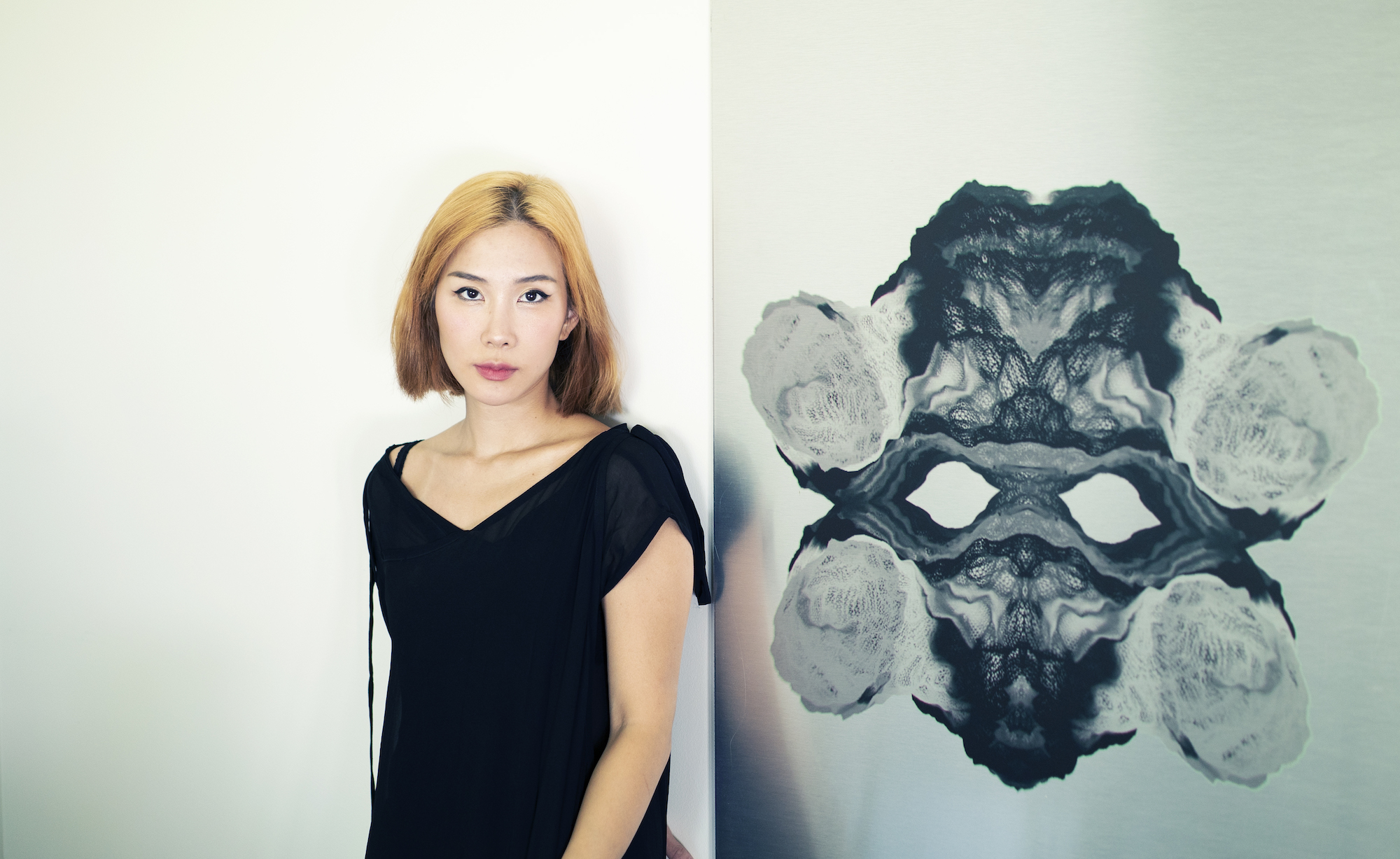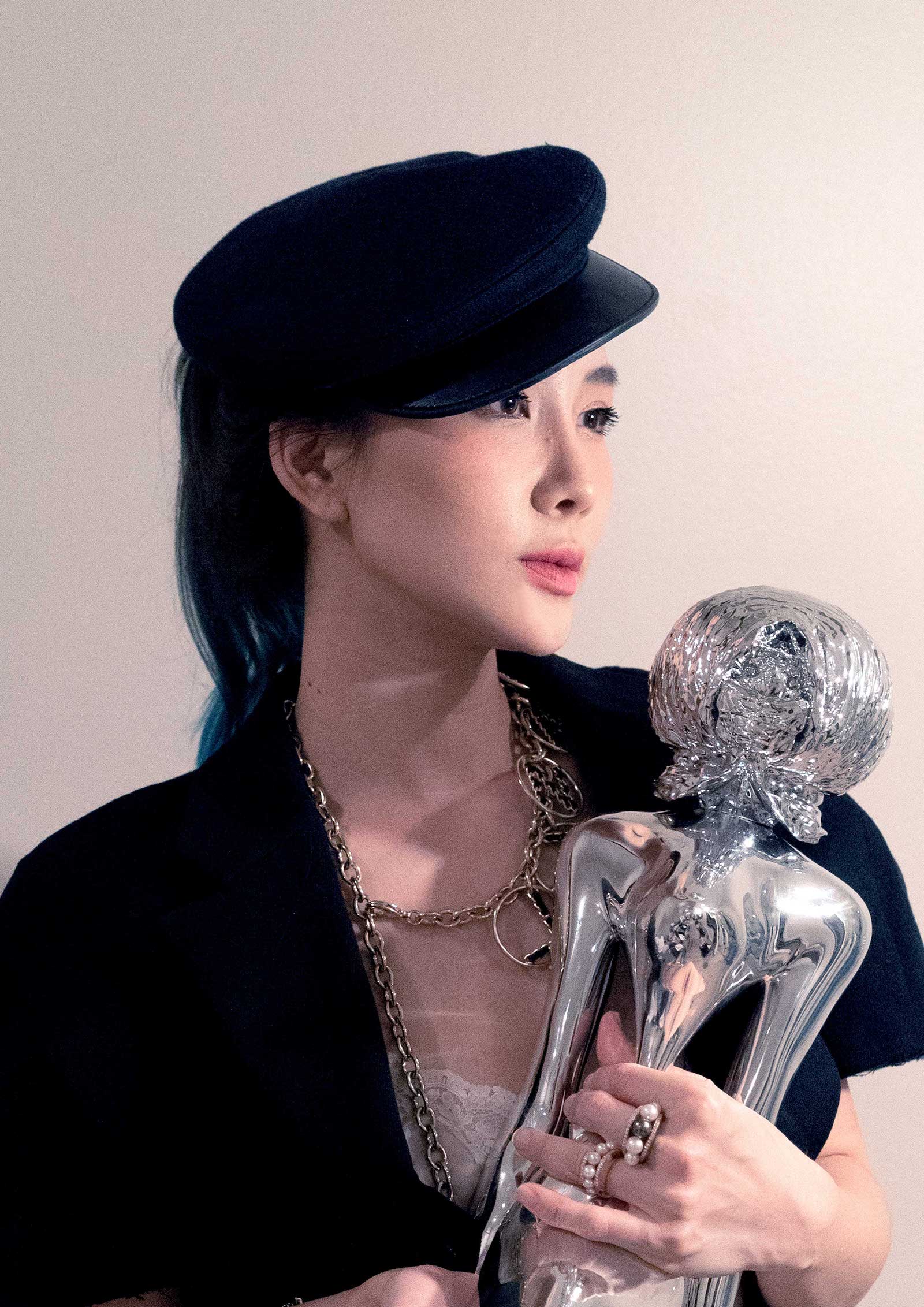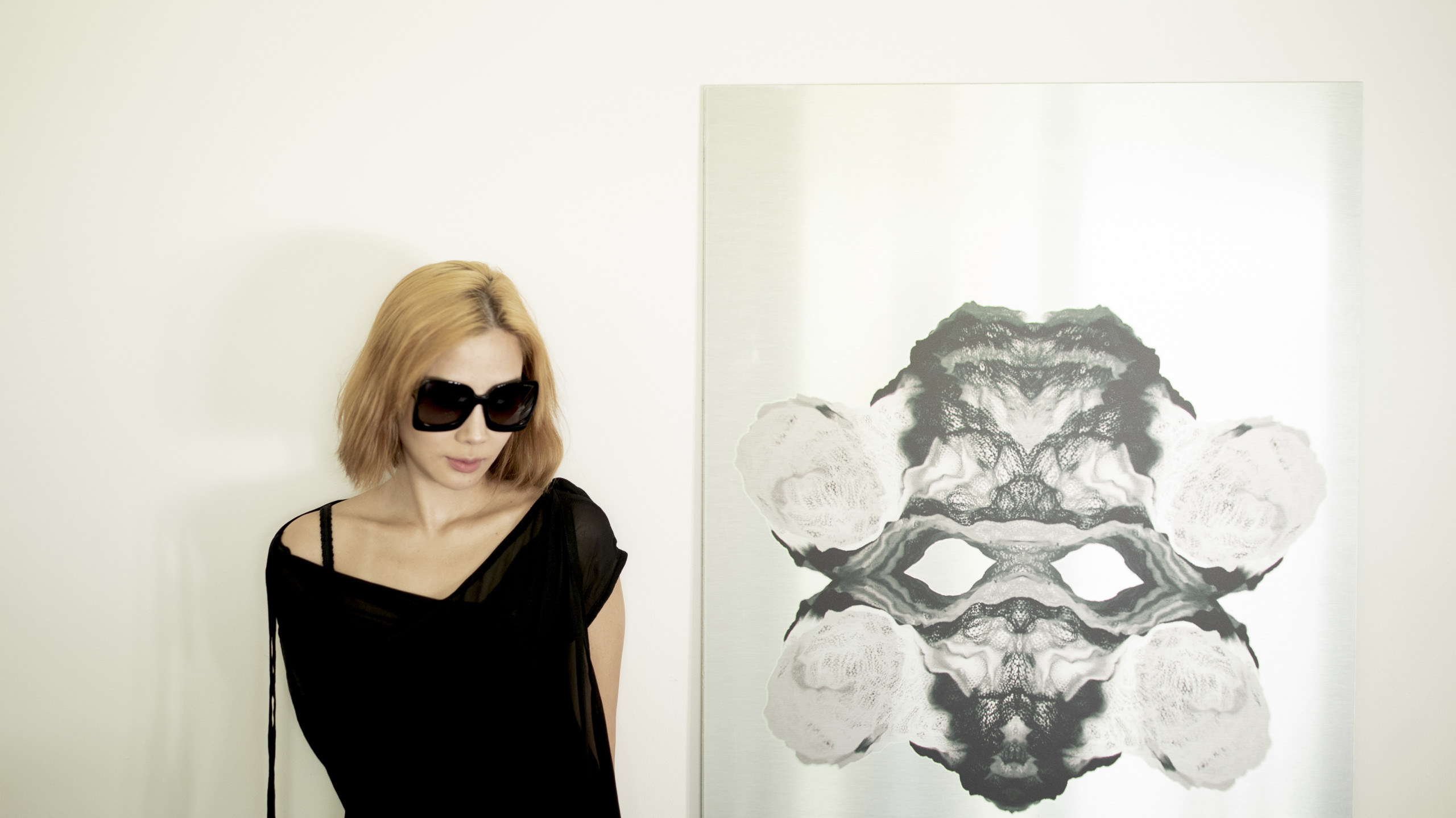
Art has existed on film, and the mediums have intersected since 1888, when French inventor Louis Le Prince filmed the Roundhay Garden Scene in England. But the relationship between art and film has come a long way since its oldest surviving example, which depicts a Victorian family walking gingerly through their garden. Le Prince likely would think he was transported to a different planet if he saw the work of video art’s pioneers today—pioneers like Nalada Taechanarong, the Bangkok- and Beverly Hills-based mind behind Xumiiro Gallery.
Taechanarong’s inspiration for Xumiiro Gallery’s digital ethos was prodded along by artist 0010×0010’s risk-taking and genre-bending aesthetic. And now, Xumiiro showcases its artist in a way that refuses to fit cleanly into a box—not just audio or video, sculpture or light, but everything. Nothing has to exist on its own—evident in Taechanarong and 0010×0010’s latest exhibition at MOCA Bangkok, “MØDVLXXR,” which was met with immediate success and repeatedly extended beyond its initial timeline.
However, not everyone understood the vision for Xumiiro at its outset. When she first began the project in 2018, Taechanarong met with some of the biggest names in the gallery world who often disapproved of her enthusiasm for the emerging medium. “They wanted to stick to the old mediums,” she explains. Now in a cultural moment where we are more connected to our screens than ever before, her development of a digital gallery space was ahead of the curve.
When visiting the Xumiiro website, one is invited to be transported through a portal to another dimension—but that door isn’t open to everybody. The gallery maintains its exclusivity and allure by making the online exhibits accessible only by application, which seems ironic: a platform on the Internet, arguably one of the most democratizing forces of the modern age, closed to the masses. But there’s a method to Xumiiro’s selectivity.

“It's easy to explore the Internet, just one click and you have everything,” says Taechanarong. “So for us to have value, I think it's kind of like a pyramid. You only know the outside, but to get to know what’s inside, to be able to see inside—that’s my business model.” The application process mostly comes out of the gallerist’s desire to create something personal and intimate. “I want to know the client,” she explains. Digital art displayed on the Internet does not have to be submerged in anonymity—it can remain personal and touching, as if you’re the only one looking at the art.
She also cites the high value of equipment required to create digital and video art as a contributor to Xumiiro’s exclusivity. “I'm very lucky that 0010×0010 is a very interesting person,” she says. “He has so much talent and he’s never shy to explore new things. But to combine technology with art, you sometimes have to spend a lot to create something great.”
Next for Xumiiro is a collaborative show between 0010x0010 and legendary lighting and stage designer Leroy Bennett, who has worked with some of the biggest names in music— Prince, Nine Inch Nails, Lady Gaga, The Weeknd, etc. Taechanarong has a touring exhibition in mind, something that will bring installations like the ones at MOCA Bangkok across the globe. “Many times when I’ve gone to galleries or museums, I feel like I don’t feel anything,” she says. “I want to make people feel like they’re in a different dimension.”

Craving more culture? Sign up to receive the Cultured newsletter, a biweekly guide to what’s new and what’s next in art, architecture, design and more.




